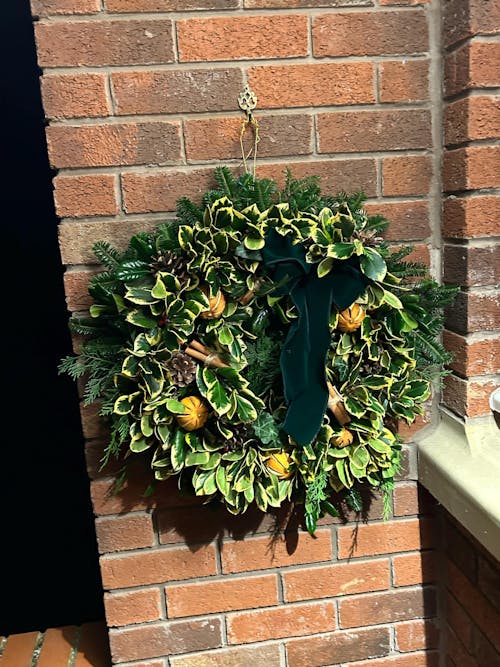The Madagascar Jasmine is a beautiful plant whose deep green foliage contrasts with its beautiful white blooms. Native to Madagascar, this plant's stems can grow and vine up to six metres! As a houseplant you can train it to climb, prune it to keep it neat or let it trail from a hanging pot or high shelf. However you keep it, this evergreen foliage which is dotted with white flowers in Spring will brighten your home and bring a piece of the jungle inside.
Scientific Name
Stephanotis floribunda (plant fit to make a crown, which bears flowers)
This plant has recently been reclassified into the Genus Marsdenia, so its new scientific name is Marsdenia floribunda.
Common Name
Madagascar Jasmine, Waxflower, Hawaiian Wedding Flower, Bridal Wreath
Origin
Native to Madagascar
Light
Bright, indirect light is best in Spring and Summer; add a splash of direct sun in autumn and winter. A metre away from an East- or West-facing window will work best.
Water
Allow a third of the soil to dry out between waters; reduce slightly in autumn and winter. Use lukewarm water when it's in bloom to look after the flowers.
Humidity
This plant likes some humidity; it will benefit from the introduction of a humidity tray. If the leaves are browning and curling at the edges, the air may be too dry.
Soil
Use a well-draining but moisture retentive soil for this plant; a mix designed for Calatheas or Marantas will work well, especially with a little added sand. Repot every three years in Spring as the plant grows.
Food
Feed every couple of weeks in the growing season, reduce to every month in autumn and winter. When in bloom, use a feed high in potassium to prolong blooming.
Temperature
Average household temperatures of about 13-25°C are fine- make sure it doesn't drop far below 10°C in winter.
Pet-safe
No, this plant is toxic to pets (especially dogs; it is not toxic for cats) and small humans.
Sprouts Top Tips
To improve the chance of flowering, give your plant a dormancy period over winter: reduce the temperature by a couple of degrees, water less, and feed less. With the onset of spring, the temperatures will naturally rise, you should increase water and feed more, using a high-potash fertiliser to encourage flowers. When it's flowering, make sure you water consistently and use lukewarm water to avoid shocking the flowers.












![The 'Hot Toddy' Fresh Foliage Christmas Wreath [Made to Order]](https://cdn.shopify.com/s/files/1/0490/2774/3905/products/the-hot-toddy-fresh-foliage-christmas-wreath-240111_500x500.jpg?v=1637626402)














